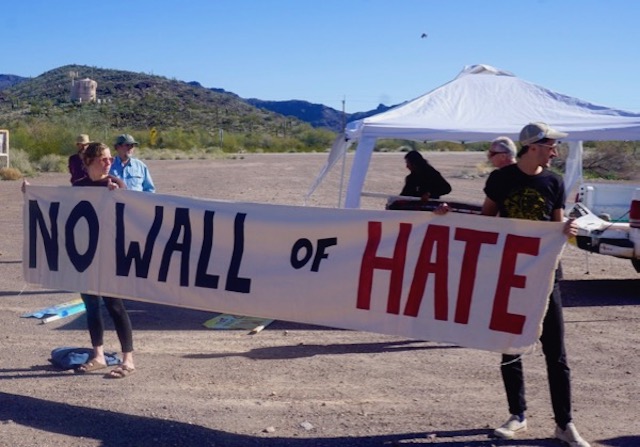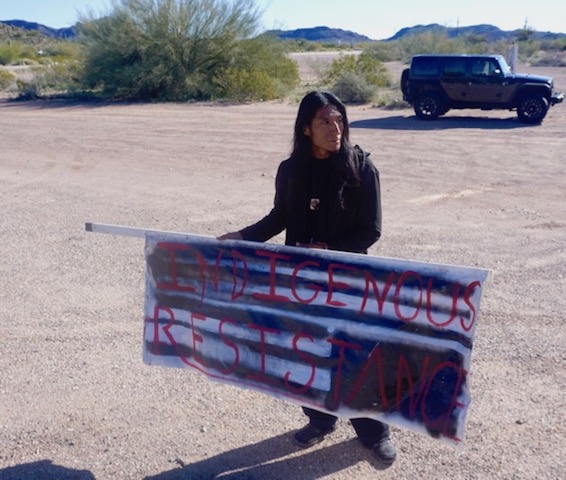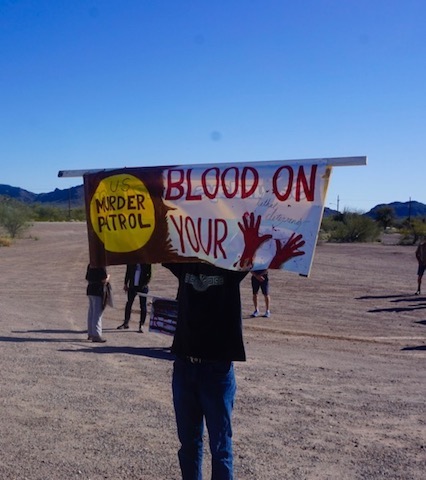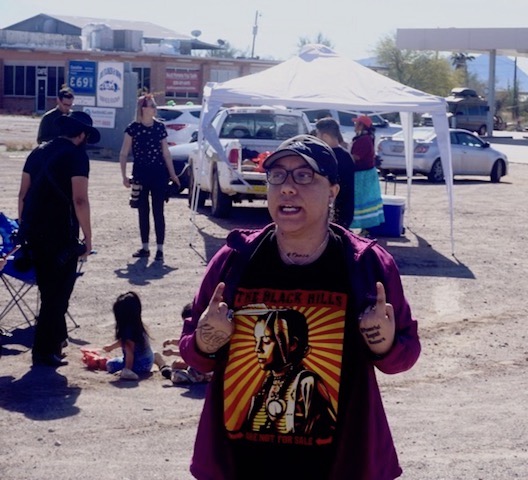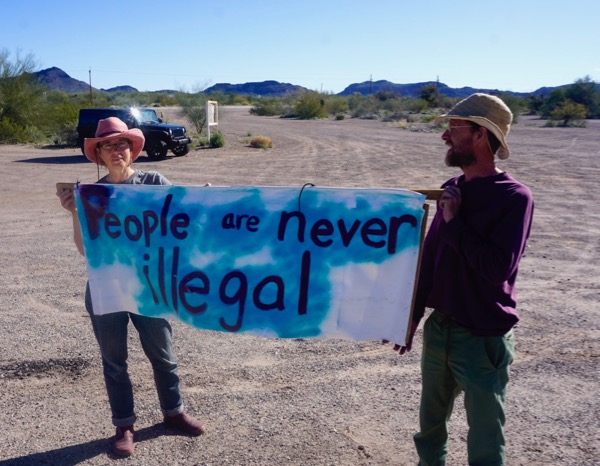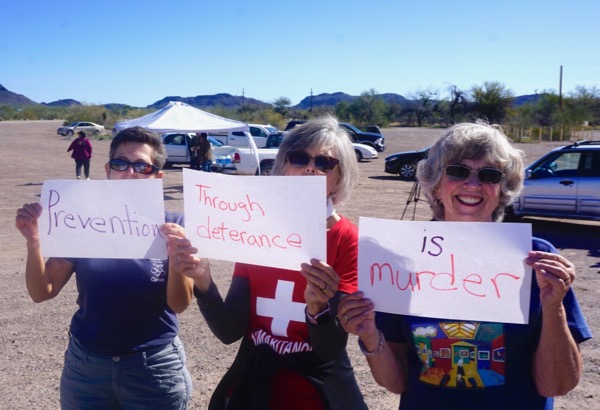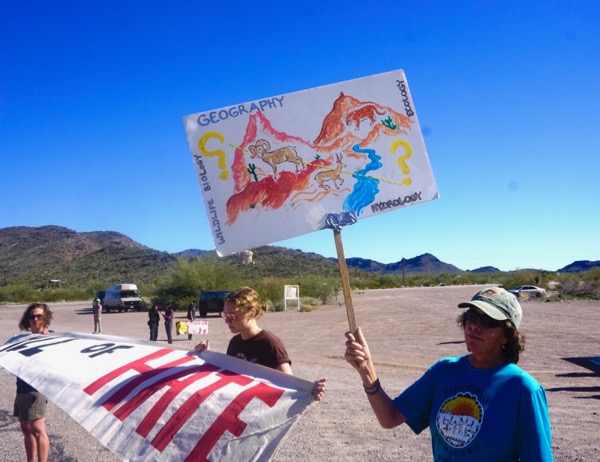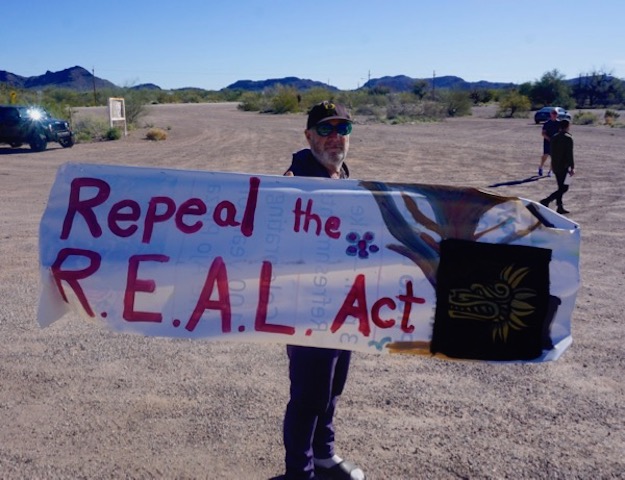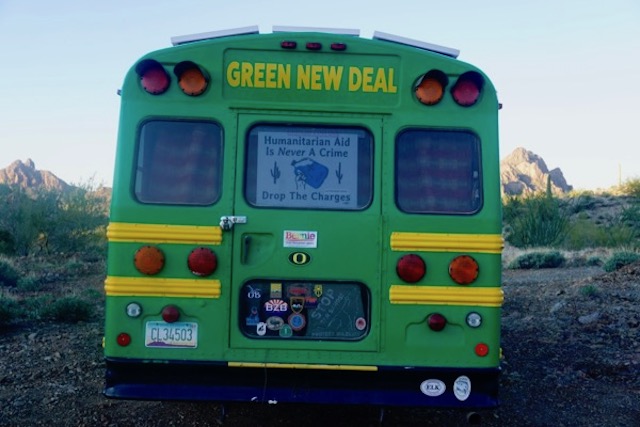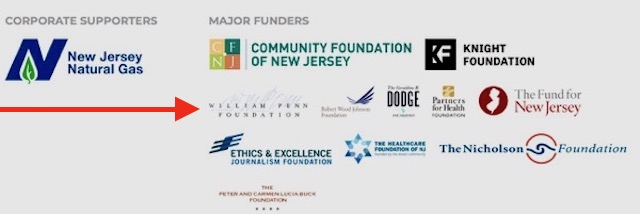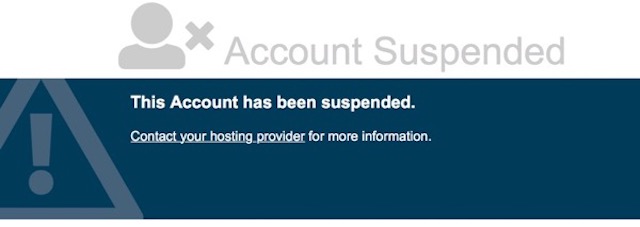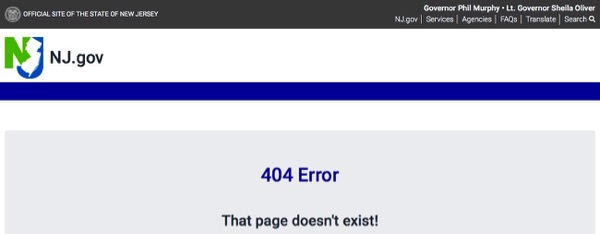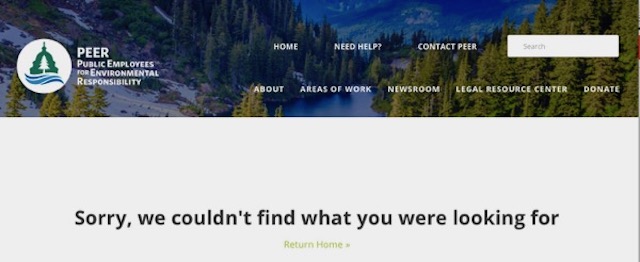NJ Environmental Leaders Are Incoherent And Incompetent
Rampant Media Bias – Sickening “Progressive Neoliberalism“
By giving away billions of dollars to nonprofit groups …, Mr. Bloomberg has made allies out of people who might otherwise be vocally against him. ~~~ NY Times Op-Ed by the author of “The Elite Charade”.
I call this the PSE&G Model to control and co-opt the Green Mafia, but it also applies to Foundation funding.
[Update: less than 24 hours after I mentioned “The PSE&G Model” of corruption, Frank Kummer of the Philadelphia Inquirer wrote a story that perfectly illustrates the Model. ~~~ end update]
This is my 3,000th post since creating this site in 2009 and it will be short and sweet – my last for a very long while, at least with respect to writing about NJ environmental policy and politics.
I simply can no longer tolerate the incoherence, incompetence, sellouts, influence of Foundation and corporate funding, media bias, political corruption, (and worse) I see every day.
Today’s news brought the straws that broke this camel’s back.
I) Climate Sellout
The first was a remarkable story – ironically reported by NJBIZ, the media outlet of the business community and NOT written by the self proclaimed premier energy and environmental policy issues outlet NJ Spotlight – about a “2030 Climate Pollutants Letter” from 90 “progressive groups” to Gov. Murphy.
Incredibly, this climate letter – signed by the some of the same individuals and groups that just days ago unconditionally praised and aggressively applauded the release of Gov. Murphy’s Energy Master Plan and Executive Order 100 in the Governor’s own press release – seeks a core climate objective that should have been a basic demand extracted as a political commitment (or deliverable) before supporting Gov. Murphy’s EMP & EO 100.
(see our initial analyses of the Murphy EMP & EO 100, in reverse chronology: here and here and here- it’s likely that this shamed some people into writing this new “letter”)
Equally incredible is the fact that most of the groups that signed on to this climate 2030 letter also are members of the Empower NJ Coalition. That coalition has waged a 2 year political campaign to demand basically one critical thing: that Gov. Murphy impose a moratorium on new fossil infrastructure.
Not only did Gov. Murphy’s EMP and EO 100 reject the moratorium, but the letter ignores the Empower NJ coalition’s moratorium demand! It has evaporated into thin air!
The Empower NJ coalition got screwed. [let me be clear and name names: the moratorium campaign was sabotaged and then the Coalition was sold out by Doug O’Malley, Amy Goldsmith, Tom Gilbert, and Ed Potosnak]
Absurdly, some of Empower NJ’s new “2030 climate letter” coalition colleagues even joined and applauded the Gov. for screwing them, and now the whole mess is just swept under the rug.
This is intolerable political incompetence and betrayal.
[Update: Jeff Tittel forwarded me his recent Op-Ed. Jeff gets it right, echoing many of the same criticisms I’ve made. Jeff is the lone exception, see:
II) Cowardice on Corporate Subsidies for Sprawl
The second was a NJ Spotlight story on a legislative proposal sponsored by Senate President Sweeney [D] and Senator Oroho, [R], former NJ representative to the American Legislative Exchange Council (ALEC).
Incredibly, – at a time when corporate subsidies are under attack by Gov. Murphy and finally receiving critical media coverage – this Sweeney/Oroho legislation seeks to provide corporate subsidies to develop the protected Pinelands and Highlands regions of the state. see:
Let me repeat that: the legislation – “a proposal, unveiled at a press conference in Lafayette in Sussex County” – seeks not only more insane corporate subsidies, but subsidies for development in the protected Pinelands and Highlands, the last relatively undeveloped places in NJ (and no doubt with no consideration at all to the climate or regional implications).
So, how did the so called “leaders” of the two so called “conservation groups” whose exclusive mission is to protect and preserve these last remaining natural regions of NJ react to this insane legislation?
Let me give the full quotes, so you too can get the full stench:
Mixed reaction
The proposal received mostly mixed responses from conservationists who have pushed for greater protections for the Highlands and Pinelands.
“As long as this doesn’t affect the Highlands Act, I think it’s a good idea,’’ said Elliot Ruga, policy director of the New Jersey Highlands Coalition, an organization dedicated to preservation in the region. “It was never intended for these towns to be ghost towns.’’
Carleton Montgomery, executive director of the Pinelands Preservation Alliance, noted the proposal doesn’t appear to change any of the Pinelands Commission’s development rules.
Nevertheless, he questioned whether the region needs to promote economic growth. “There is no evidence at all the region falls behind other areas of the state in economic growth,’’ Montgomery said.
Both Montgomery and Ruga should resign.
They are rank cowards – or they are incompetent – and no longer have the credibility required to lead real preservation oriented organizations. (Ruga was always unqualified and incompetent and their organizations are both drunk on Penn and Dodge Foundation money).
(Adding to a long list, Sweeney worked with Gov. Christie to ram the SJG pipeline through the Pinelands, has blocked confirmation of Gov. Murphy’s Pinelands and Highlands appointments, and shilled for the nuclear, chemical and oil & gas polluters in his district. He sponsored the nuke bailout – including placing a cost cap on renewable power – and may even be behind the stealth LNG export plant on the Delaware River. If Montgomery & Ruga and NJ Spotlight can’t call out Sweeney on all that, they are totally pathetic and need to go.)
III) Spotlight Ignores Progressive Budget Demands While Printing Neoliberal Austerity
Third, NJ Spotlight not only ignored the progressive “2030 Climate Letter” press release and found the space to publish a horrible story on the Sweeney/Oroho insanity plan, they also ignored a letter from 48 progressive organizations calling on Gov. Murphy to fund various climate, DEP, and public health projects in his upcoming State Budget.
On top of that, instead of writing a story about progressive budget demands from NJ based public interest groups during the run-up to the Gov.’s budget address, NJ Spotlight chose to publish a story about a national technical Report by the allegedly “non-partisan” but clearly Neoliberal austerity finance oriented “Volker Alliance”. (yes, that’s former Fed Chair Paul Volker’s outfit. No bias and ideology operating here, no, none at all!).
The Volker Alliance Report was Orwellianly titled (with a capital T): “Truth and Integrity In State Budgeting”.
But, that so called “truth” is based on just “five building blocks of budgeting” (page vi).
Despite the fact that a Budget is a fundamental expression of public policy visions, values, priorities, and people, those so called “five building blocks of budgeting” do not include core budgeting objectives, such as:
- fairness and justice – how the budget impacts the huge inequality of wealth & income
- the distribution of benefits and burdens in the budget allocations & revenues
- corporate subsidies, corporate taxes, and corporate profits
- the relationship between public and private interests
- the needs of the people and the natural environment they depend upon
- the needs of the people, as expressed democratically
- the need for investments
- the climate emergency
The Volker Alliance report is a narrow technocratic exercise in what is basically financial accounting. It is based upon a sterile vision of austerity and neoliberal ideology. All that is very far from the “Truth” about a State Budget.
NJ Spotlight tells readers nothing about this broader context.
That Report must not be allowed to displace a public policy driven and normative budgeting process or evaluation criteria.
If all this is what now passes for public interest advocacy and issue driven journalism, I give up. I’m done.
[Full disclosure: I receive a small state pension which does not include health benefits.]

